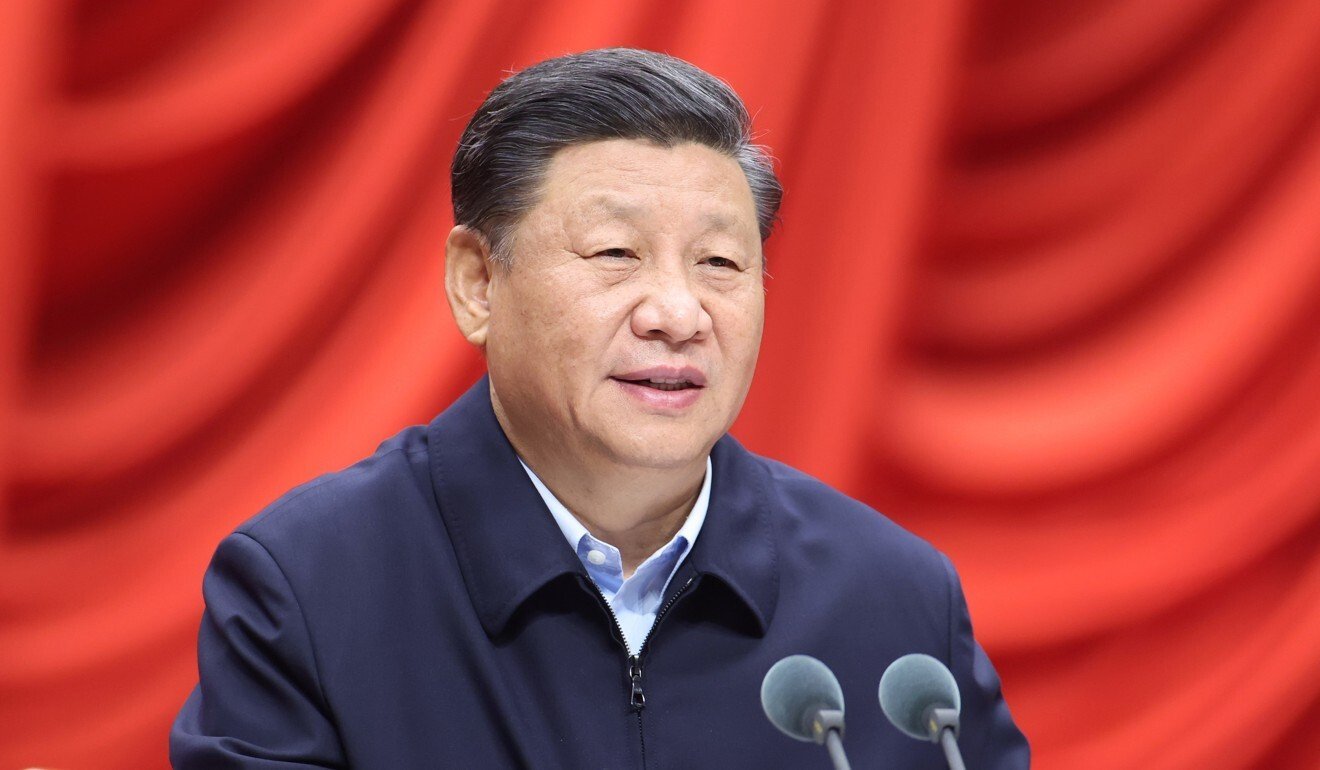Hong Kong News

China unveils plan to turn Shenzhen into ‘core engine’ of reform
Beijing has released a plan to turn Shenzhen, the hi-tech hub neighbouring Hong Kong, into a “core engine” of reform that it hopes will power growth and innovation in the Greater Bay Area.
It comes just before President Xi Jinping is expected to deliver an “important address” during his visit to the city on Wednesday marking 40 years since it was set up as a special economic zone.
The plan charting development from 2020 to 2025 gives Shenzhen more autonomy in areas such as land use, technology and innovation, the big data economy and hiring foreign professionals. But it sheds little light on how the city will overcome obstacles such as an increasingly hostile international trade environment and US-led measures to counter China.
Covering a wide range of areas – from financial market reforms to the development of a data market – the plan also calls for Shenzhen to play a leading role in the Greater Bay Area. The development zone aims to link the cities of Hong Kong, Macau, Shenzhen, Guangzhou and seven others in Guangdong province into an economic and business hub, and has been compared with San Francisco and Tokyo’s bay areas.

“Following Xi Jinping’s guidance on building socialism with Chinese characteristics in the new era … [this document] grants Shenzhen greater autonomy to carry out reforms in new areas and critical sectors,” the plan says.
“[It supports] Shenzhen to take the lead in reform and opening up from a higher vantage point, on a higher level, and with bigger goals.”
It continues: “[Shenzhen] will promote cooperation with Hong Kong on a higher level and strengthen its role as the core engine in the development of the Greater Bay Area, and do a good job in setting an example of building a model city that can represent a modernised and vibrant socialist country.”
Guo Wanda, executive vice-president of the China Development Institute, a think tank in Shenzhen, said the reforms would be trialled in the city.
“The document says that Shenzhen has been a flag bearer for the opening up of the country,” he said. “Shenzhen is in an advantageous position in carrying out further reforms because it has a good foundation, and many of the problems Shenzhen faces are also relevant in other parts of China.”
But he noted that it was a very different city compared to four decades ago, at the start of the reform and opening up.
“Several of the reforms [in the document] cover some of Shenzhen’s current challenges such as the lack of land and inadequate public services,” Guo said.
Zhang Hongqiao, a member of the Shenzhen Municipal People’s Congress, the local legislature, said the document should not be seen as a panacea for the city as some of its problems were to do with the decoupling of China and the US.
He said the emphasis on big data development would be good for Shenzhen, allowing it to experiment with new measures that had not been seen in other parts of China.
Zhang also noted that the blueprint offered no immediate relief for two of the city’s biggest challenges – high property prices and a land shortage.
But he doubted whether Shenzhen would really take a leadership position in the Greater Bay Area, saying all the cities should take different roles.
“The role of each city in the Greater Bay Area actually depends on whether they can adapt to changes in the domestic and international situations and enhance their competitiveness – this is not something this document can answer,” Zhang said.
He added that Hong Kong’s key challenges would be whether it could retain its status as an international financial centre and if it could reinvent itself as a new technology and innovation hub in the coming decade after the US revoked its preferential trading status.











